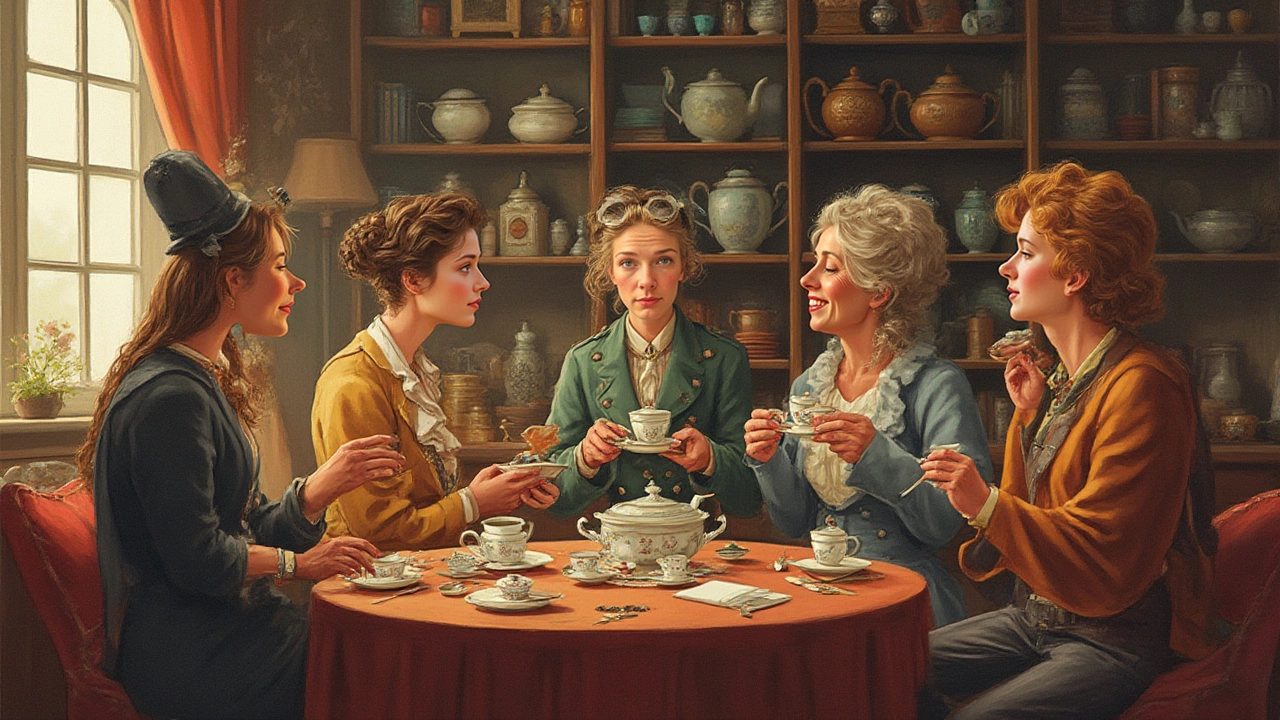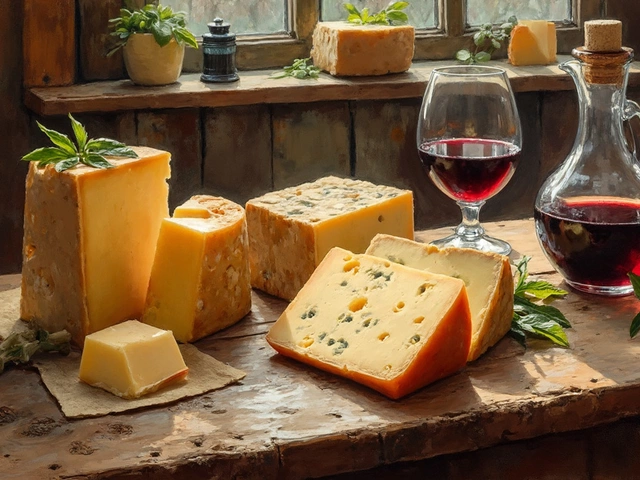Tea Lover Essentials: Names, Tasting, and Safety
If you’ve ever wondered what to call yourself or a friend who can’t live without a cuppa, you’re not alone. The tea world has its own lingo, tasting tricks, and even myths about aging tea. Below you’ll find the most useful bits to boost your tea game.
What to Call a Tea Lover
First up, the names. A casual fan is often called a teaphile—think “photophile” but for tea. If you’re serious about brewing, you might prefer tea aficionado or teaholic. Those who study tea origins and tea‑culture can proudly wear the label tea connoisseur. Use the term that matches how deep your interest runs; it’s a quick way to signal your expertise in a group chat or at a tea meetup.
When you’re introducing yourself, try a simple line: “I’m a teaphile who loves trying rare blends.” It shows confidence without sounding pretentious, and most tea lovers will respond positively.
Tea Tasting Essentials
Hosting a tea tasting is easier than you think. Pick three to five teas that vary by type—green, black, oolong, white, and maybe a pu‑erh. Serve each in a small, clear cup so the color is visible. Let guests smell the dry leaves first, then the brewed tea. Ask them to note what they taste: grassy, nutty, sweet, or astringent.
Food pairings make a big difference. Light snacks like shortbread, almonds, or fresh fruit work well. For a stronger black tea, try a slice of sharp cheddar; for delicate white tea, go with mild cheese or cucumber sandwiches. Keep the palate clean between pours—plain water or a mild cracker does the trick.
One often‑overlooked tip is the water temperature. Green teas need cooler water (around 75 °C) while black teas thrive at boiling point. Using the right temperature lets the flavors shine and prevents bitterness.
And remember the timing. A tasting session should last no longer than 45 minutes. Too much time makes the palate fatigue, and you’ll miss subtle notes.
Now, what about that dusty tin of tea you found in the back of your cupboard? Is it safe to brew a 10‑year‑old stash?
Tea can age, but only under the right conditions. If the tea was stored in a sealed, dark, and cool place, it might still be drinkable, though the flavor will have changed. Look for signs of spoilage: off‑smells, mold, or a strange texture. If any of those appear, it’s best to toss it. Otherwise, brew a small cup and taste it. If it tastes flat or off, don’t force it.
In short, old tea isn’t automatically dangerous, but quality drops fast. For daily sipping, stick to fresh leaves. Save older teas for experiments or as an educational comparison during a tasting.
Putting it all together, being a tea lover means knowing the right words, mastering a simple tasting routine, and understanding how to keep your tea fresh. Use these tips next time you chat with fellow tea fans, host a mini‑tasting, or raid the pantry for that ancient tea tin. You’ll impress, enjoy better flavors, and avoid any nasty surprises.
Curious about what a tea addict is called? This article digs into tea addiction terms, culture, quirks, and trivia for every tea lover.
View Details

